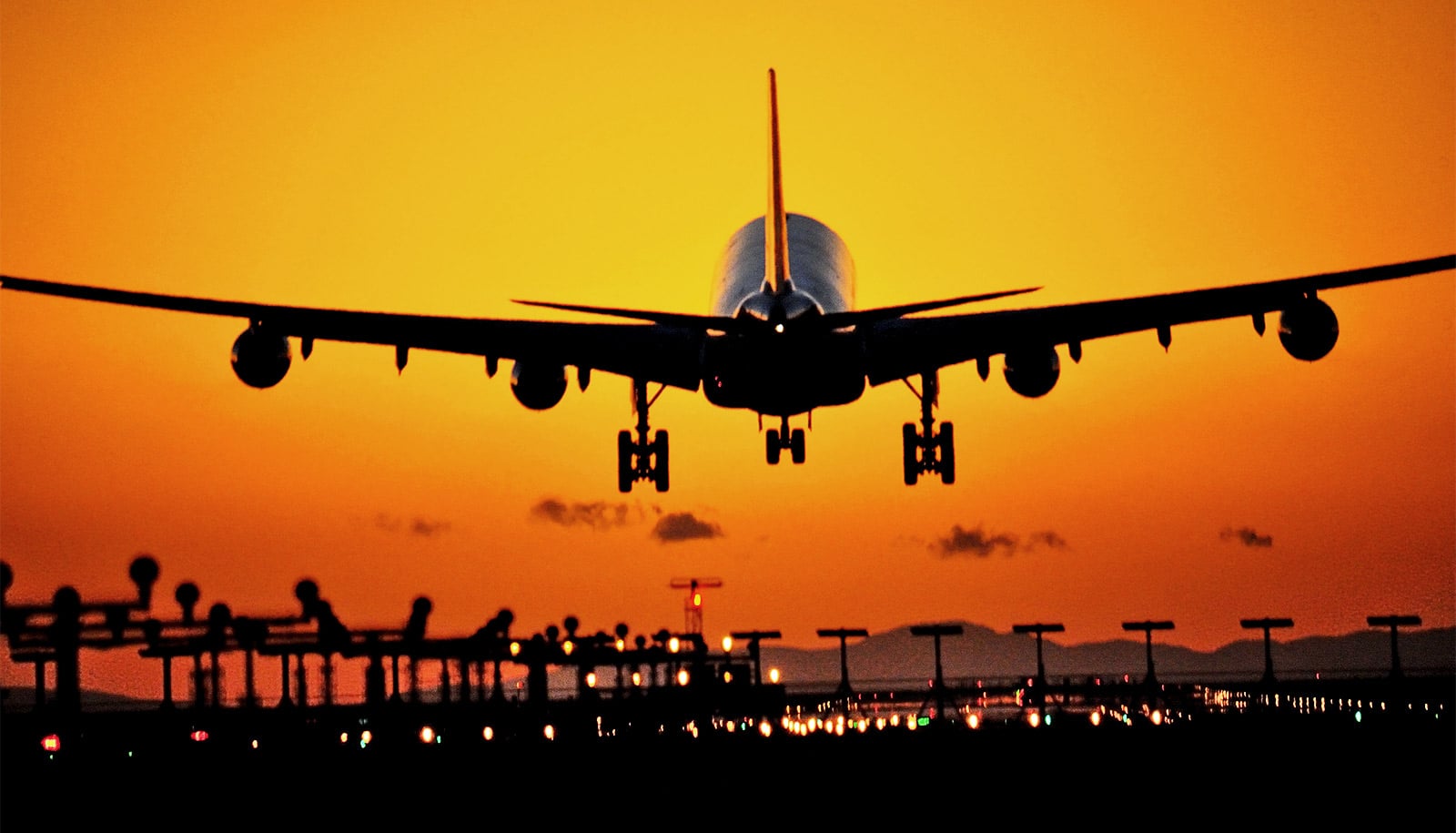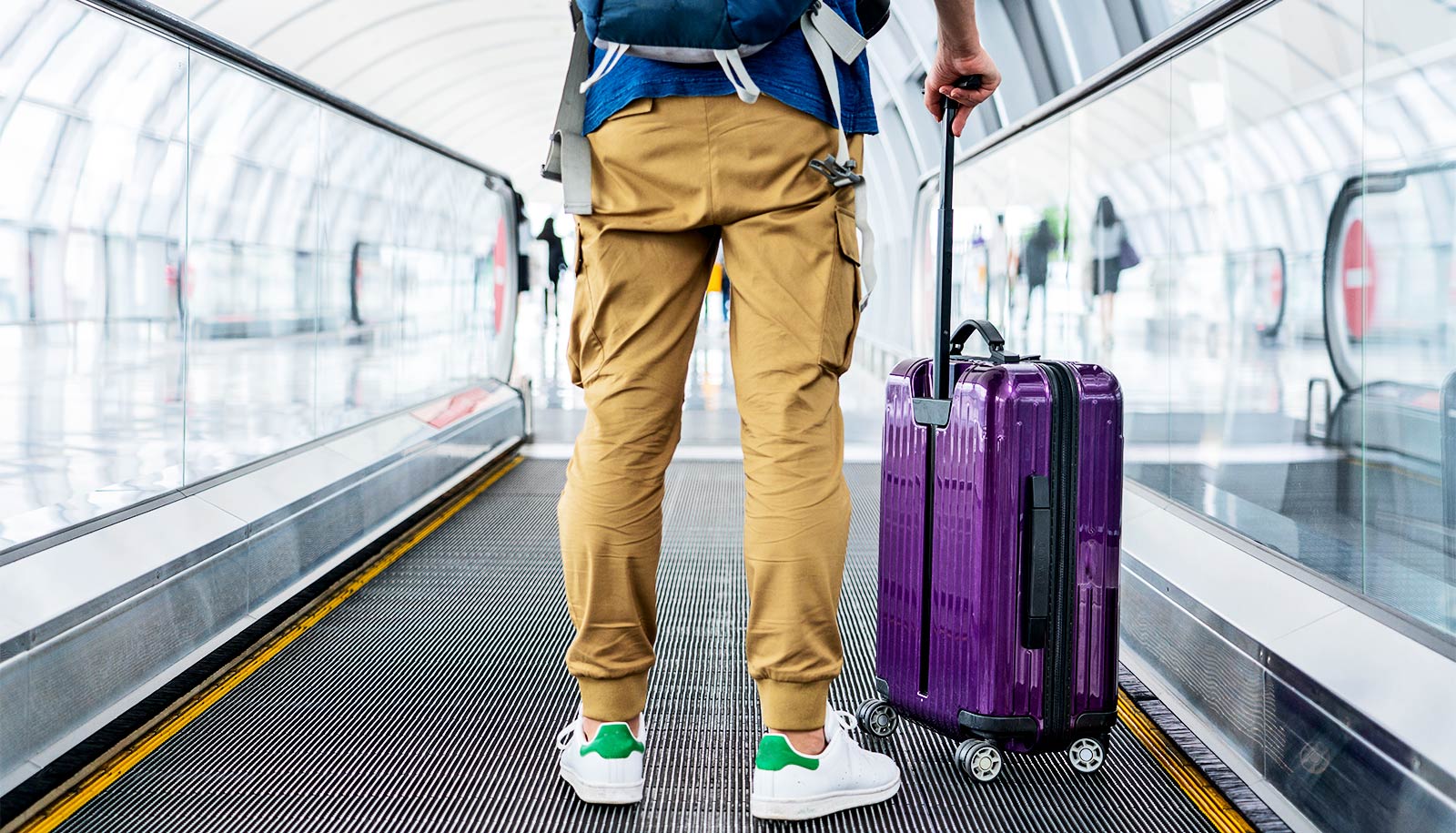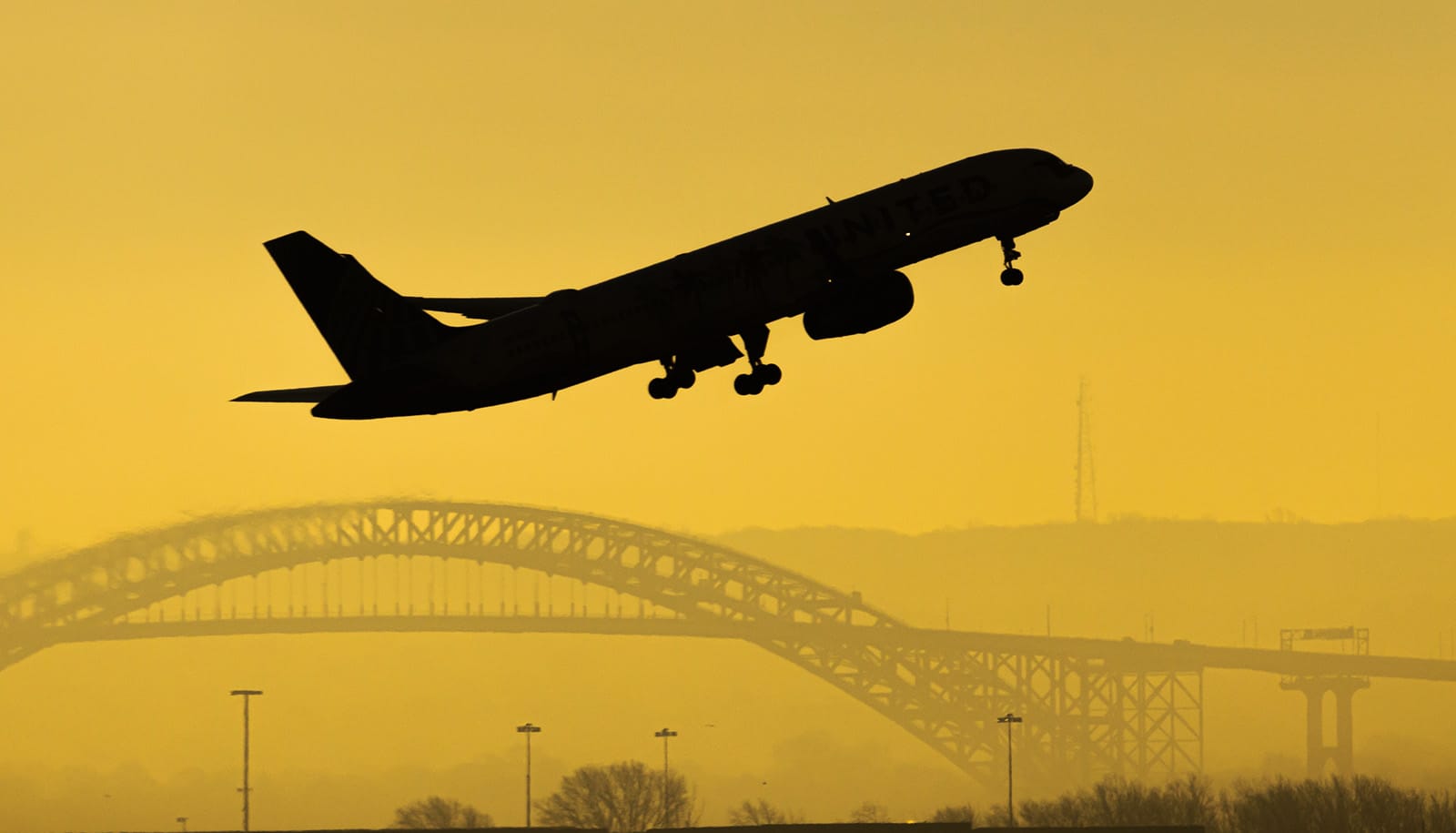A new study analyzed more than 77,000 in-flight medical events reported to the world’s busiest airline medical support center.
With nearly five billion people flying each year, medical emergencies in the air may be more common than most realize and they can be deadly.
The new findings show that while most incidents are minor, thousands of passengers required hospital care after landing, and hundreds died or triggered aircraft diversions.
The study appears in JAMA Network Open. It was conducted in partnership with MedAire, an aviation and maritime health and safety solutions company, which also provided the data for analysis. The paper offers a rare look into how airlines respond to medical crises and why some flights are forced to divert.
“This is the largest and most comprehensive study of in-flight medical emergencies ever conducted,” says Alexandre Rotta, senior and corresponding author of the paper and chief of the division of pediatric critical care medicine with the pediatrics department at Duke University School of Medicine.
“It gives us a real-world snapshot of what happens when someone gets sick in the sky and how starkly the options differ from those in a hospital,” Rotta says.
Researchers reviewed medical calls from 84 airlines across six continents, covering over 3.1 billion passenger boardings between January 2022 and December 2023.
They found that one in every 212 flights involved a medical emergency. Of those flights, about 8% of passengers were taken to the hospital after landing, and 1.7% of the total medical events were so serious they caused the plane to divert.
The most common reasons for diversion were suspected strokes, seizures, chest pain, and altered mental status. Cardiac arrest occurred in 293 cases, with survival rates far lower than on land.
Medical volunteers (often physicians) assisted in nearly one-third of emergencies. Their involvement was linked to a higher likelihood of diversion, likely because they were called upon during more serious events.
“It’s humbling to practice medicine in the air,” says Rotta, who became interested in the topic after being called upon as medical volunteer during several flights. “You’re working with limited equipment, no lab tests and no backup. Even minor issues can become major challenges.”
Rotta emphasizes that airlines are generally well-prepared, especially in the US, where regulations require defibrillators and basic medical kits. However, he notes that not all airlines partner with ground-based medical support centers, an approach he believes is essential.
“Airplanes aren’t hospitals, and we shouldn’t expect them to be,” he says. “But having expert guidance from the ground can make all the difference when someone’s life is at risk.”
The findings could help shape airline policies, improve crew training, and inform passengers with chronic conditions about how to prepare for travel.
Source: Duke



